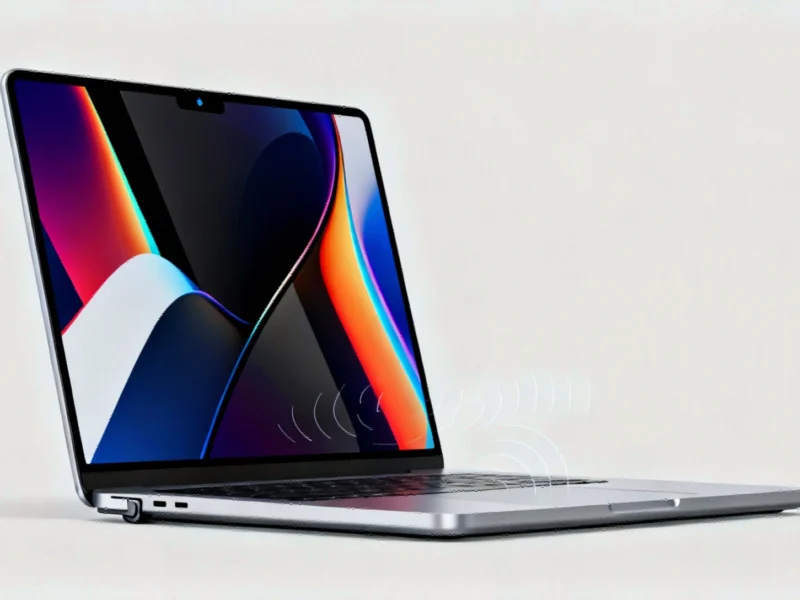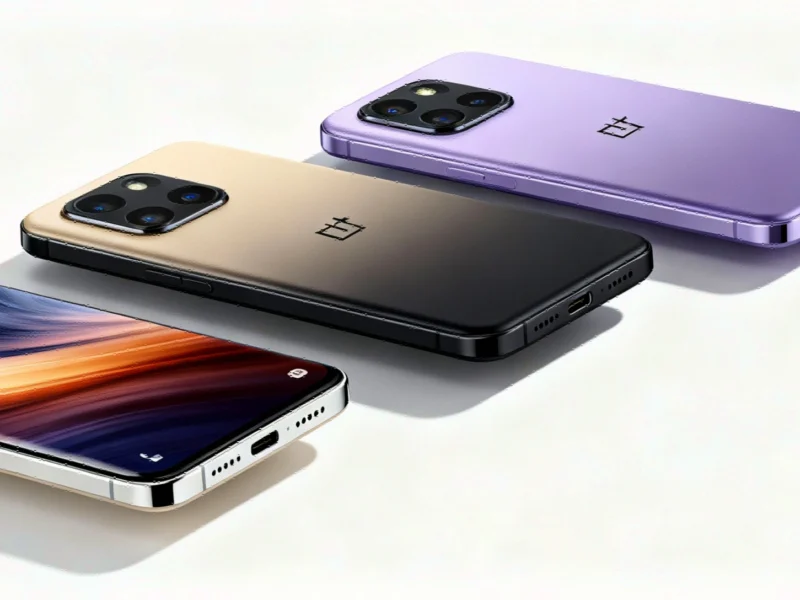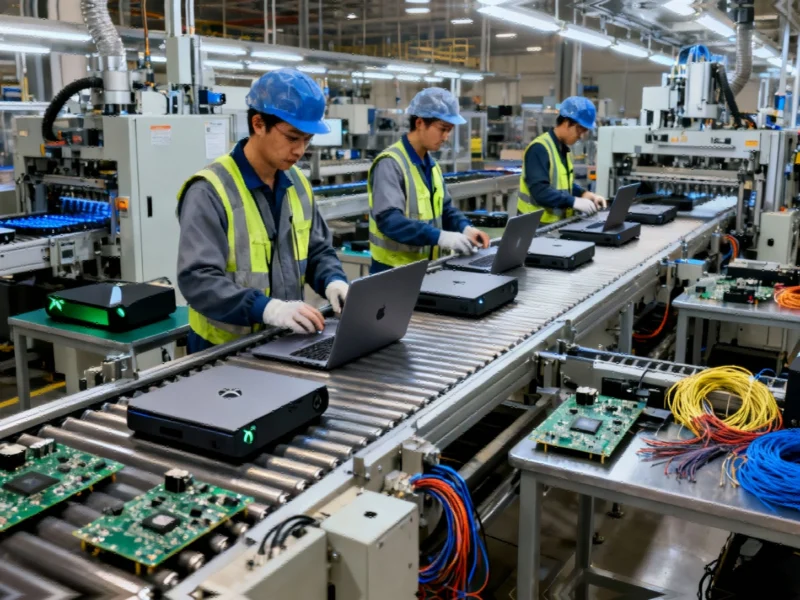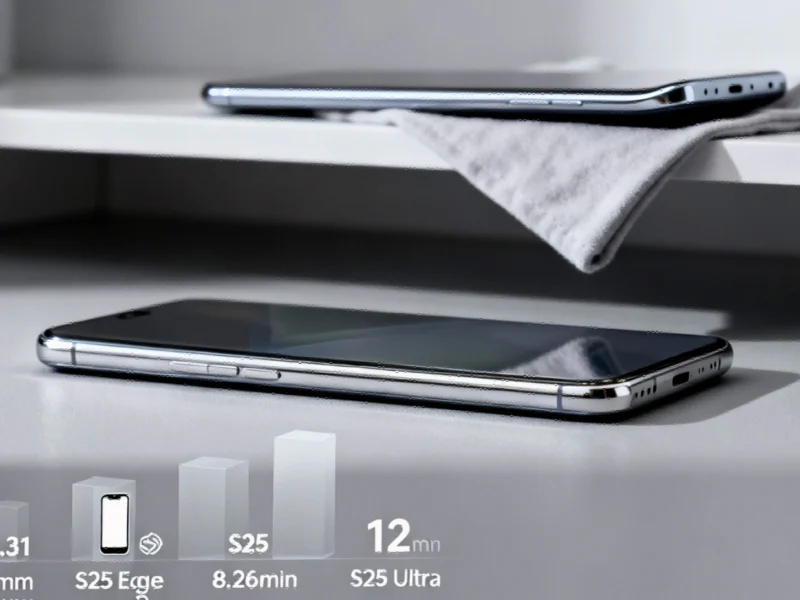TITLE: Apple’s MacBook Pro Overhaul: OLED Panels, Touchscreens, and M6 Silicon Signal Major 2026 Transformation
Apple’s MacBook Pro lineup is reportedly poised for its most significant redesign in years, with OLED displays, touchscreen capability, and next-generation M6 chipsets expected to debut in 2026 models. According to Bloomberg’s Mark Gurman, these substantial upgrades will likely command premium pricing, continuing Apple’s trend of positioning its professional laptops at the higher end of the market.
The transition represents a major strategic shift for Apple’s laptop division, particularly regarding display technology and user interaction. While the company has previously resisted adding touchscreens to MacBooks, citing various concerns including potential screen stability issues, recent developments suggest Apple engineers have found solutions to these longstanding challenges. This comprehensive MacBook Pro overhaul could redefine how professionals interact with their primary computing devices.
Display Revolution: From Mini-LED to OLED and Notch Elimination
The move from mini-LED to OLED technology marks a significant advancement in MacBook Pro display quality. OLED panels typically offer superior contrast ratios, deeper blacks, and better power efficiency compared to mini-LED alternatives. The transition aligns with Apple’s broader display strategy, having already implemented OLED across its iPhone and Apple Watch product lines.
Perhaps more visually striking than the display technology change itself is the reported elimination of the controversial notch. Instead of the current display cutout, Apple is said to be adopting a smaller punch-hole design for the FaceTime camera, providing users with more uninterrupted screen real estate. This design evolution follows similar trends across the industry, though Apple typically implements such changes with its characteristic attention to detail and user experience.
Touchscreen Implementation: Engineering Challenges and Solutions
The introduction of touchscreen capability to the MacBook Pro represents one of Apple’s most notable philosophical shifts in recent years. Historically, the company maintained clear separation between its touch-based iOS/iPadOS devices and traditional pointer-based macOS systems. However, industry evolution and user expectations appear to have influenced this strategic change.
Apple’s primary engineering challenge involved addressing the screen stability issues that plague many touchscreen laptops. The company’s legendary hinge design, known for its precision and durability, is reportedly being reinforced to prevent the “finger-bouncing” effect common on Windows laptops when users interact directly with the display. This attention to build quality mirrors approaches seen in other premium segments, such as Lenovo’s latest enterprise-focused Snapdragon PCs that prioritize robust construction for professional use.
M6 Chipset and Manufacturing Advancements
The heart of the new MacBook Pro models will be Apple’s M6 chipset, expected to utilize TSMC’s cutting-edge 2nm “N2” manufacturing process. This technological leap would make the M6 the first Apple Silicon in the MacBook Pro line to adopt this advanced lithography, promising significant improvements in both performance and power efficiency.
The transition to 2nm technology represents the continuation of Apple’s aggressive semiconductor roadmap, which has seen the company consistently pushing the boundaries of mobile computing performance. This commitment to silicon advancement reflects broader industry trends, where companies are investing heavily in next-generation computing technologies, including Amazon’s ambitious next-generation nuclear power initiatives that could eventually power the massive data centers required for increasingly sophisticated computing workloads.
Product Segmentation and Pricing Strategy
Not all M6 MacBook Pro models will receive the full suite of upgrades, according to identifiers found in macOS Tahoe development builds. The base 14-inch model (codenamed J804) will reportedly maintain the current design language, while premium versions (codenamed K116) will feature the OLED displays, touchscreen capability, and slimmer chassis.
This tiered approach allows Apple to offer cutting-edge technology to professionals willing to pay premium prices while maintaining more accessible entry points for budget-conscious consumers. The strategy acknowledges that while some users will value the latest display and interaction technologies, others may prioritize processing power alone. This diversified product planning reflects sophisticated market understanding similar to that demonstrated in Amazon’s next-generation infrastructure vision, where multiple technology pathways are pursued simultaneously to address different market segments.
Market Implications and Competitive Landscape
The anticipated 2026-2027 launch window positions Apple to significantly raise the bar in the professional laptop market. The combination of OLED technology, touchscreen capability, and advanced silicon could create a substantial competitive advantage, particularly if Apple successfully addresses the engineering challenges that have limited touchscreen adoption on traditional laptops.
Industry observers will be watching closely to see how these developments influence the broader laptop market, where touchscreen implementations have often compromised either display quality or structural integrity. Apple’s approach to these challenges could establish new standards for premium laptop design and functionality.
As with most Apple innovations, the advanced features come with cost implications. While exact pricing remains undisclosed, the premium positioning suggests these models will command prices significantly above current MacBook Pro offerings, continuing Apple’s strategy of targeting the high-end professional market with cutting-edge technology and premium pricing.
Based on reporting by {‘uri’: ‘wccftech.com’, ‘dataType’: ‘news’, ‘title’: ‘Wccftech’, ‘description’: ‘We bring you the latest from hardware, mobile technology and gaming industries in news, reviews, guides and more.’, ‘location’: {‘type’: ‘country’, ‘geoNamesId’: ‘6252001’, ‘label’: {‘eng’: ‘United States’}, ‘population’: 310232863, ‘lat’: 39.76, ‘long’: -98.5, ‘area’: 9629091, ‘continent’: ‘Noth America’}, ‘locationValidated’: False, ‘ranking’: {‘importanceRank’: 211894, ‘alexaGlobalRank’: 5765, ‘alexaCountryRank’: 3681}}. This article aggregates information from publicly available sources. All trademarks and copyrights belong to their respective owners.



